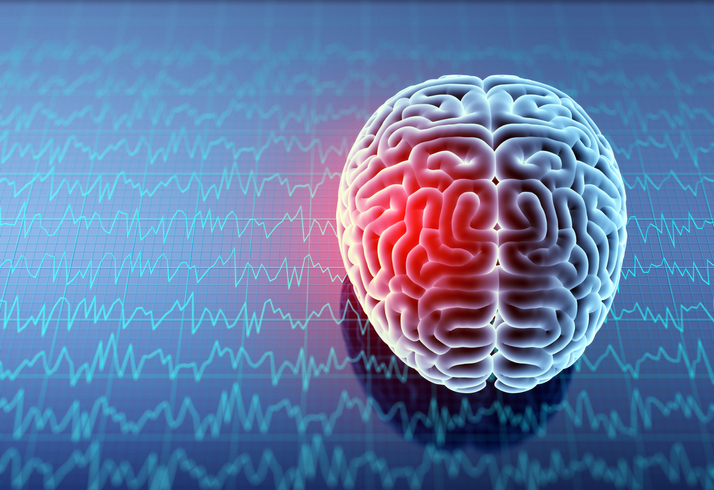
Mayo Clinic and Google Research have developed a new artificial intelligence algorithm to help improve the treatment of brain diseases and movement disorders, like Parkinson’s disease.
The algorithm, called “basis profile curve identification,” was developed to help clinicians understand how different regions of the brain are connected and how they interact with each other, said Dr. Kai Miller, first author of the study and a neurosurgeon at Rochester, Minnesota-based Mayo Clinic, in a phone interview.

Using Data to Help Healthcare Practices Succeed
A new report from Relatient, A Data-Driven Guide to Patient Access Succes, highlights how focusing on data accuracy and relevance can enhance the performance of healthcare practices.
Understanding how brain regions interact is necessary when placing electrodes during electrical brain stimulation — which is used to treat several neurological diseases — especially in cases where brain areas are being stimulated concurrently or stimulation needs to be coordinated across different brain areas.
One way to understand how brain regions are interacting is to deliver small, short electrical impulses to one region of the brain while measuring the electrical signal from other areas of the brain, Miller explained.
“The basic problem that we have is — how do we understand from those electrical measurements and responses to stimulation how two brain areas are interacting,” he said. “When we measure these electrical signals, or what we call the electrical potential, it has a particular shape and time, and we measure these from many different brain areas.”
But there was no good mathematical technique to understand the electrical responses to stimulation in a brain region.

Improving the Healthcare Financial Experience to Help Care Flow
Zelis CEO Amanda Eisel shares her perspective on how the company is solving the problems of a fragmented health financial system to benefit all.
So, Miller contacted Dr. Klaus-Robert Mueller, study co-author and member of the Google Research Brain Team.
“We met once a week [via Zoom] over the course of many months…and [together] came up with a new type of algorithm that you can use to understand these brain signals,” Miller said.
The algorithm could also be used to enhance treatment for psychiatric illnesses in the future.
The researchers who developed the algorithm are making it available for others to explore through a downloadable code package.
“Sharing the developed code is a core part of our efforts to help reproducibility of research,” said Dr. Dora Hermes, a Mayo Clinic biomedical engineer and senior author, in an email.
Though the development of the algorithm is not connected to Mayo Clinic’s 10-year collaboration with Google, it is a part of the organization’s larger push into AI.
“The work that we’ve done here represents just one facet of a much larger initiative…really thinking toward the next generation of [patient] care, which in large part will be driven by AI,” said Mayo Clinic’s Miller.
Picture: Iaremenko, Getty Images








